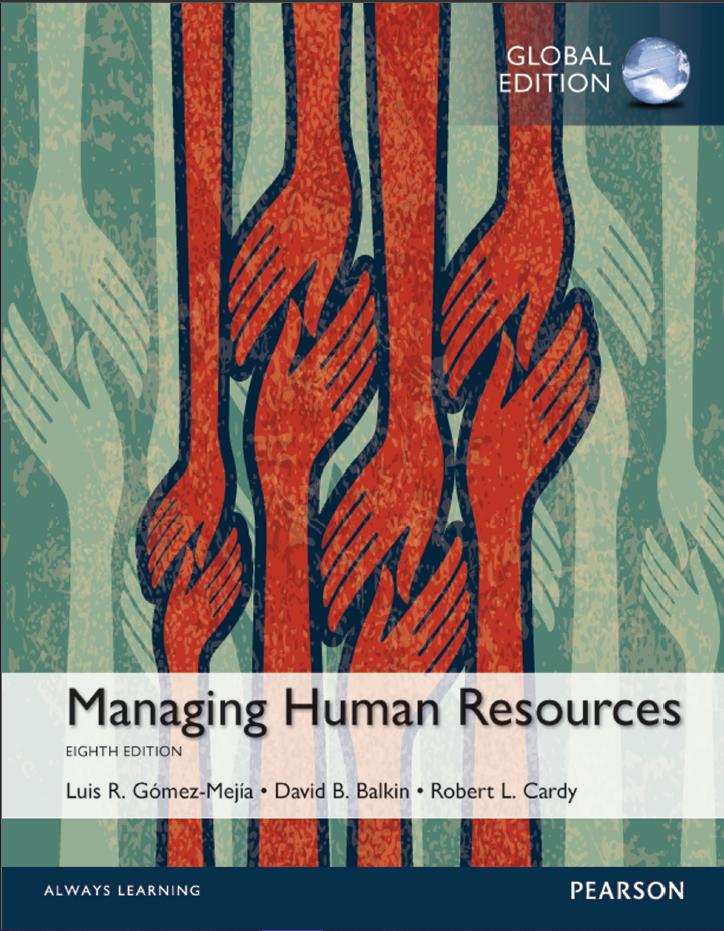Are there any potential problems with devoting most compensation dollars to rewarding top performers, even if this
Question:
Are there any potential problems with devoting most compensation dollars to rewarding top performers, even if this means neglecting investments to improve the welfare of all employees (such as day care or paid sick leave)?
If you were asked the hypothetical question of what percentage of compensation dollars should be directed toward individual contributors versus directed to investments in programs to improve the welfare of all employees, what percentage would you choose? Justify your answer.
Pay-for-performance systems are predicated on the simple idea that rewarding employees based on their contribution is not only fair but also important in order to attract, retain, and motivate the best performers. This view is widely shared in the United States, and most U.S. companies devote a substantial amount of their compensation dollars to achieve this (what is referred to as “individual equity” in this chapter). However, critics in other countries often note that too much meritocracy may create a blind spot for management because the organization may allocate insufficient resources to other important aspects of the employment relationship.
A few examples follow:
• Sick Leave The United States, unlike most Western countries, does not have a mandatory sick-leave policy for employees.
The Healthy Family bill, which would require such a policy, has been introduced in Congress during the past 10 years but has always failed to pass due to opposition by powerful business groups. According to U.S. Department of Labor statistics, more than a third of civilian workers in the United States do not get sick leave. Supporters of the Healthy Family bill argue that this represents a health hazard to both employees and the public because low-wage workers can’t afford to stay away from work when sick.
• Child Care Unlike most European nations, American firms seldom provide day care for their employees’ children and there is no government policy that supports it. The U.S.
National Institute of Child Health Development rates only 10 percent of day care centers as high quality, with the median annual salary of a day care worker below that of a parking lot attendant. At the same time, day care consumes over 40 percent of the median income of many low-wage workers.
Compare this to France, for instance, which devotes more than twice the amount of its GDP to day care than does the United States. As a result, day care is available in France to all parents, with the fee tied to the parents’ personal income.
• The Myth of the “Lone Star” Most American firms believe in snapping up and retaining top talent through targeted incentives for so called “key contributors.” In collectivist countries, such as in China and South Korea, it is the team that matters rather than the lone star. A group of Harvard business professors warns against the obsession of U.S. firms with identifying and rewarding lone stars: “The idea that you can catapult your firm into the big leagues with one or two top performers is a myth . . . the truth is, in the absence of equally talented colleagues, stars probably won’t excel at their jobs or stick around for very long.”
Step by Step Answer:

Managing Human Resources
ISBN: 9781292097152
8th Global Edition
Authors: Luis R Gomez Mejia, David B Balkin, Robert L Cardy





